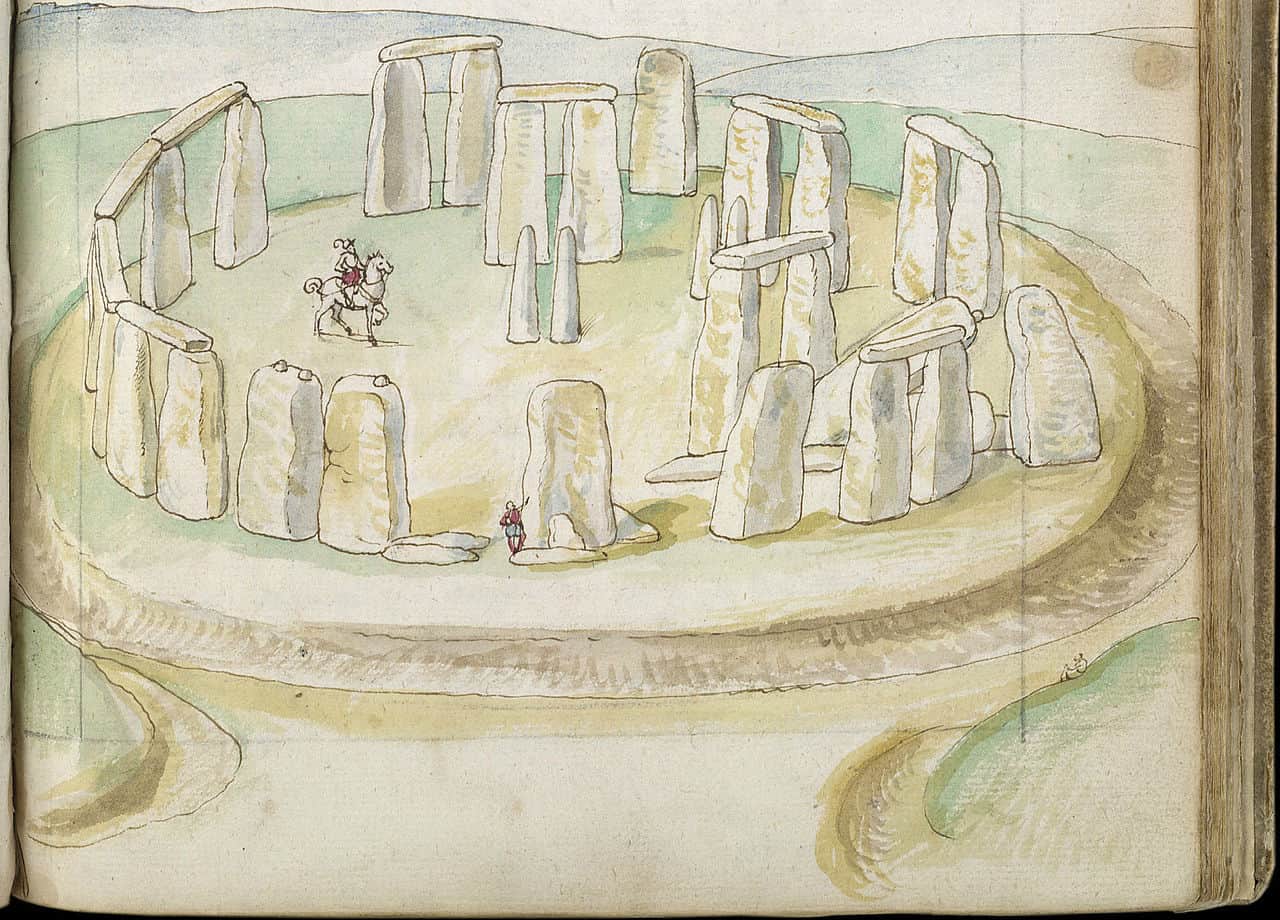
2 minute read
THE MONUMENTS BACKGROUND
At the start of the 3rd millennium BC, work began on the site we now call Stonehenge. The first were the Windmill people of Southern England, who began by digging deep furrows and building up big mounds of soil to form the outer encircling bank. They raised the first circle of bluestone boulders, quarried and transported them from the Preseli Hills in south-west Wales. It’s believed they used it as a collective burial site, with perhaps around 150 people thought to have been laid to rest. 1 After this, in 2500BC, the Beaker people arrived from continental Europe and gradually assimilated, indicating it was a peaceful affair. They eventually replaced 90% of the British gene pool2 and continued to use Stonehenge as a receptacle for the dead. Around this time, 80 gigantic sarsen stones were bought to the site from Marlborough Downs, 26 miles north. The final group to work on it were the Wessex people in 1500BC, they were a very advanced culture and most likely moved the stones to their final positions.3

Advertisement


Fig 3. Stonehenge phases illustrated.
1 “A Timeline of Stonehenge: From Hunter-Gatherers to Solstice Alignment and Beyond.” [n.d.]. The British Museum <https://www.britishmuseum.org/ exhibitions/world-stonehenge/stonehenge-timeline> [accessed 17 January 2023]
2 Pearson, Mike Parker. 2019. The Beaker People the Beaker People: Isotopes, Mobility and Diet in Prehistoric Britain, ed. by Mike Parker Pearson, Alison Sheridan, Mandy Jay, Andrew Chamberlain, Mike Richards, and others (Oxford, England: Oxbow Books)
3 Burl, Aubery. 2007. A Brief History of Stonehenge: One of the Most Famous Ancient Monuments in Britain (New York, NY: Avalon Publishing Group)





